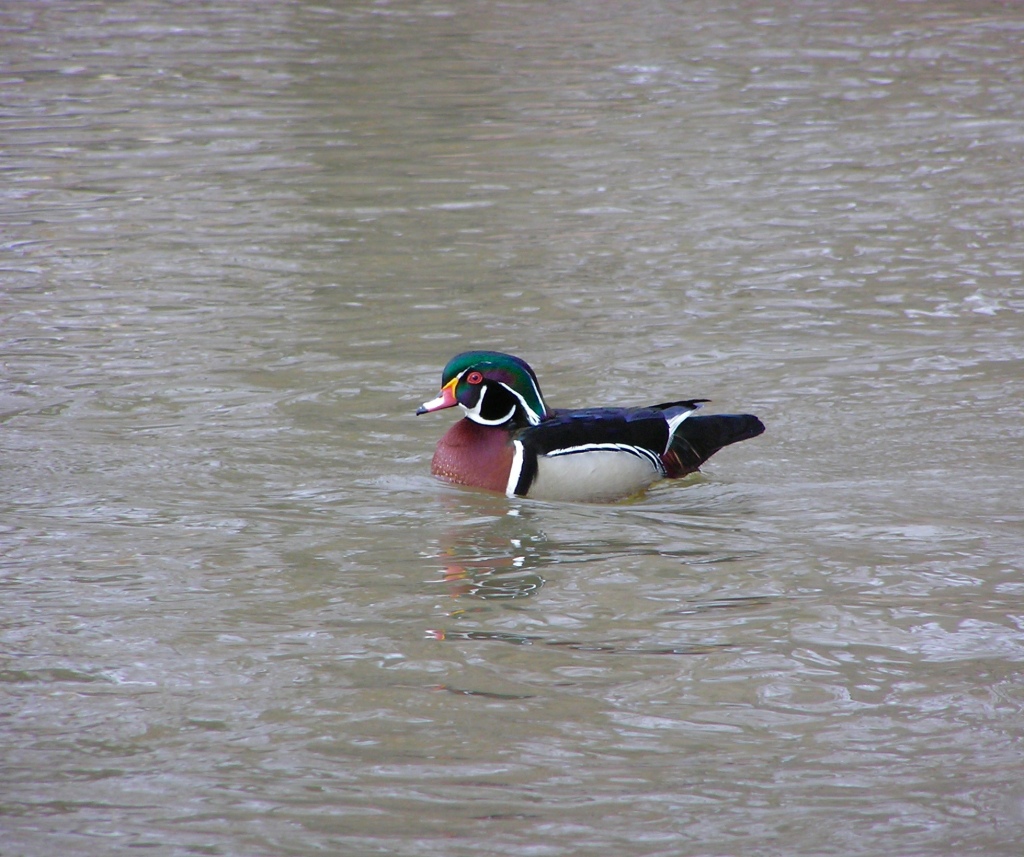Please mark your calendars for Sunday, April 28, 2024 at 1 p.m. when we will meet at the Lally Homestead, Murphys Point Provincial Park, for our Annual General Meeting. It must really be spring!
We will start with the short business meeting that summarizes last year’s activities and includes the election of directors. The business portion of the meeting will likely last about 20 minutes and will be followed by a guided nature experience led by one of our Park Naturalists. Hoping for nice weather for a lovely ramble near the homestead.
Please remember – paid-up members have a vote at the AGM. If you haven’t had a chance to renew (or would like to join), memberships are only $10. They can be renewed by sending an e-transfer to friendsofmurphyspointpark@yahoo.ca. New members can find our membership form at https://friendsofmurphyspoint.ca/memberships/ and can e-mail it as above. Donated amounts over the $10 membership fee will receive a tax receipt. Please encourage a friend to become a Friend or consider making a donation.
Directors will be elected during the AGM. If you want to learn more about a director position, please send us an e-mail at friendsofmurphyspointpark@yahoo.ca and we can fill you in. It’s a great way to get involved with special projects and to connect with others who love the park.
Hope to see you on April 28!








